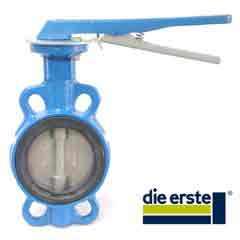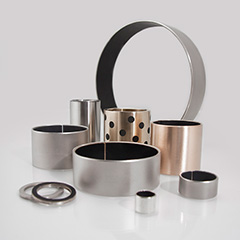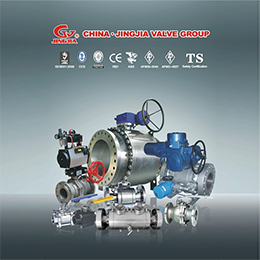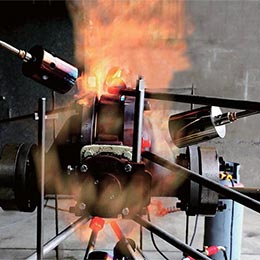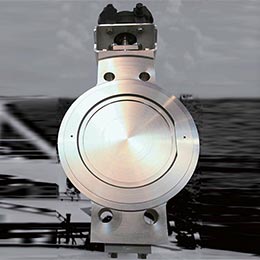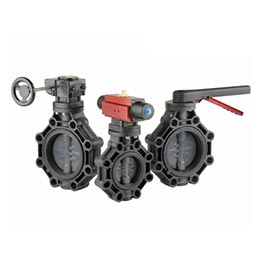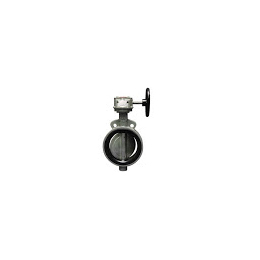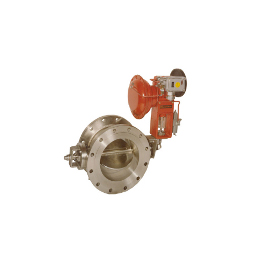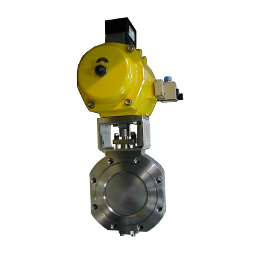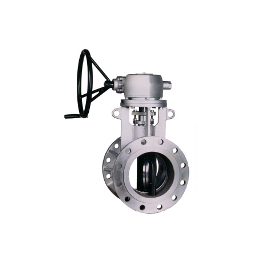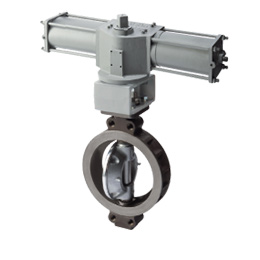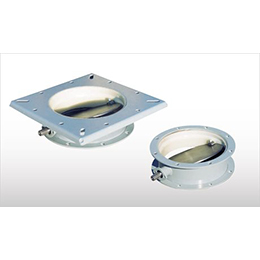Butterfly Valves
The flow of a fluid is controlled by a butterfly valve. A butterfly valve's mechanism is similar to that of a ball valve, allowing for rapid shutoff. Butterfly valves are generally used because they are less expensive than other valve types and are less weight, requiring less support. Concentric butterfly valves, Doubly-eccentric butterfly valves (high-performance butterfly valves or double-offset butterfly valves), and Triply-eccentric butterfly valves are three different types of butterfly valves.
Applications of the Butterfly Valve
Some processes require more wear-resistant and tolerant valves with special characteristics. The following applications use the unique mechanisms of a butterfly control valve:
- Processing of Food
- Refineries
- Shut off valves
- Shipbuilding
Advantages of butterfly valves
Butterfly valves, depending on the application, can provide significant benefits over other types of valves, particularly for sizes larger than DN 200 (200 mm):
As a result of their compact design and reduced face-to-face dimension, butterfly valves have a smaller installation footprint than other valves, saving labor, equipment, and piping support costs.
A basic, cost-effective design with few moving parts and fewer wear points decreases maintenance requirements considerably.
Butterfly valves are frequently the more cost-effective option than other valve types due to their basic design, which requires less material and is easier to design and manufacture. Larger valve sizes, frequently exceeding DN 300, offer greater cost savings.
Butterfly valves are versatile in their applications, including the ability to be put underground.

